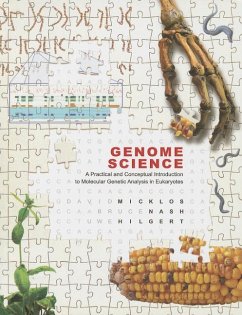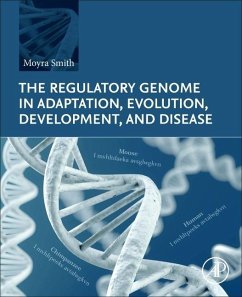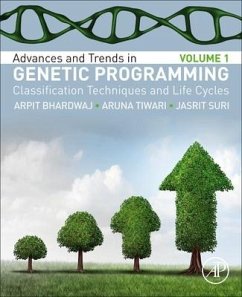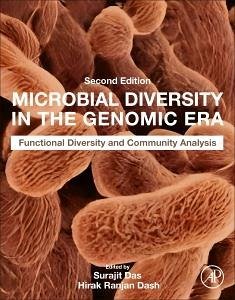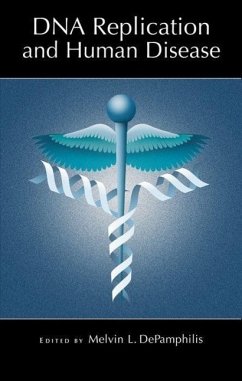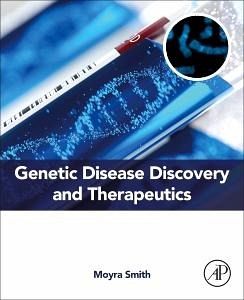
Genetic Disease Discovery and Therapeutics

PAYBACK Punkte
90 °P sammeln!
Genetic Disease Discovery and Therapeutics presents information on the methods used to determine how specific gene defects influence pathology and phenotype and to review novel therapeutic approaches designed for the treatment of specific genetic and genomic disorders. This book investigates methodologies applied to the characterization of downstream functional effects of specific gene mutations associated with altered phenotypes and clinical disease. It documents evidence of how specific mutations influence pathology and lead to disease manifestations. This book also reviews information on th...
Genetic Disease Discovery and Therapeutics presents information on the methods used to determine how specific gene defects influence pathology and phenotype and to review novel therapeutic approaches designed for the treatment of specific genetic and genomic disorders. This book investigates methodologies applied to the characterization of downstream functional effects of specific gene mutations associated with altered phenotypes and clinical disease. It documents evidence of how specific mutations influence pathology and lead to disease manifestations. This book also reviews information on therapeutic approaches that could potentially be applied in diseases due to gene defects. Genetic Disease Discovery and Therapeutics is a valuable reference for scientists and graduate students involved in laboratory research related to genetics, physiology, pathology, and pharmacology as well as clinicians who encounter patients with genetic disorders.




